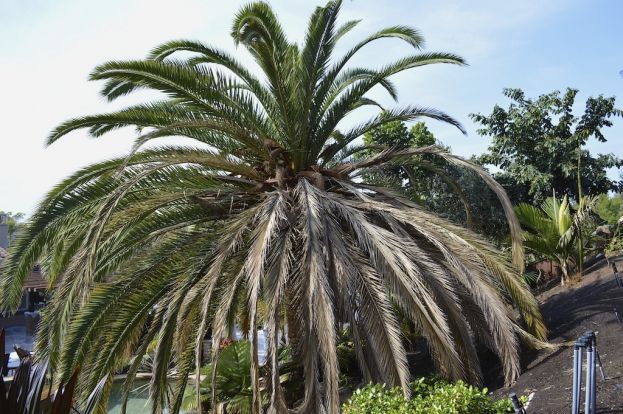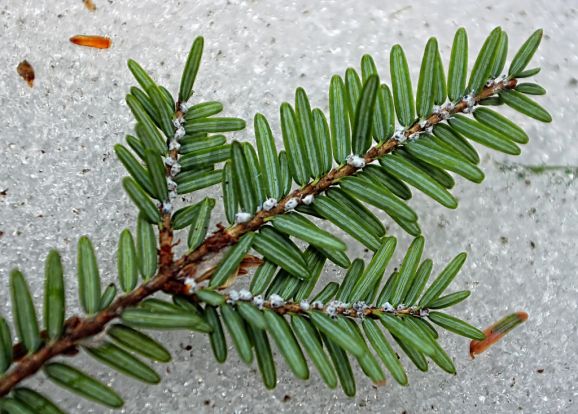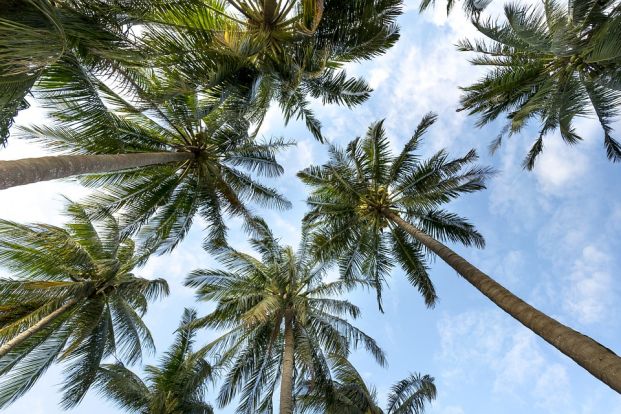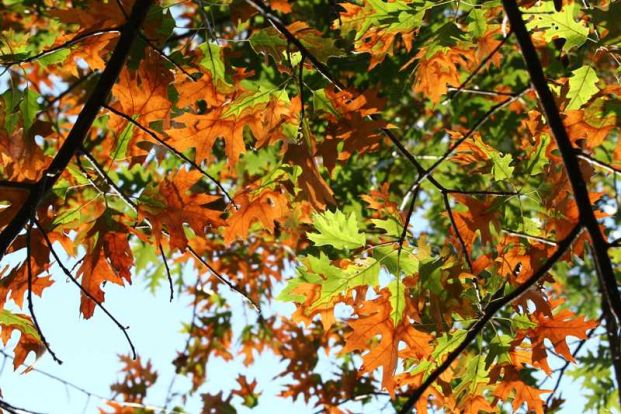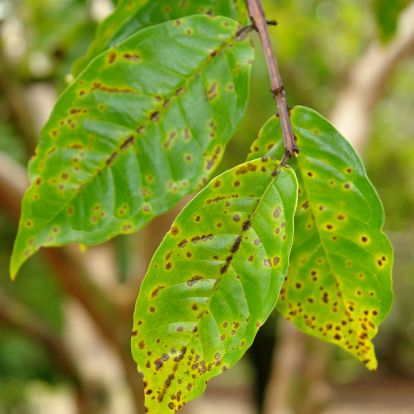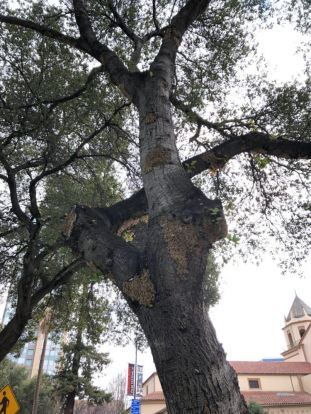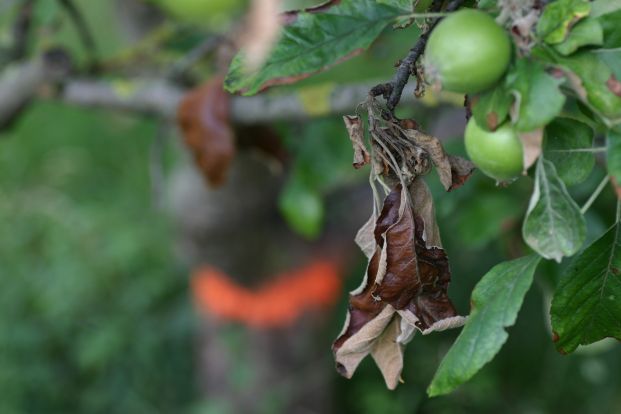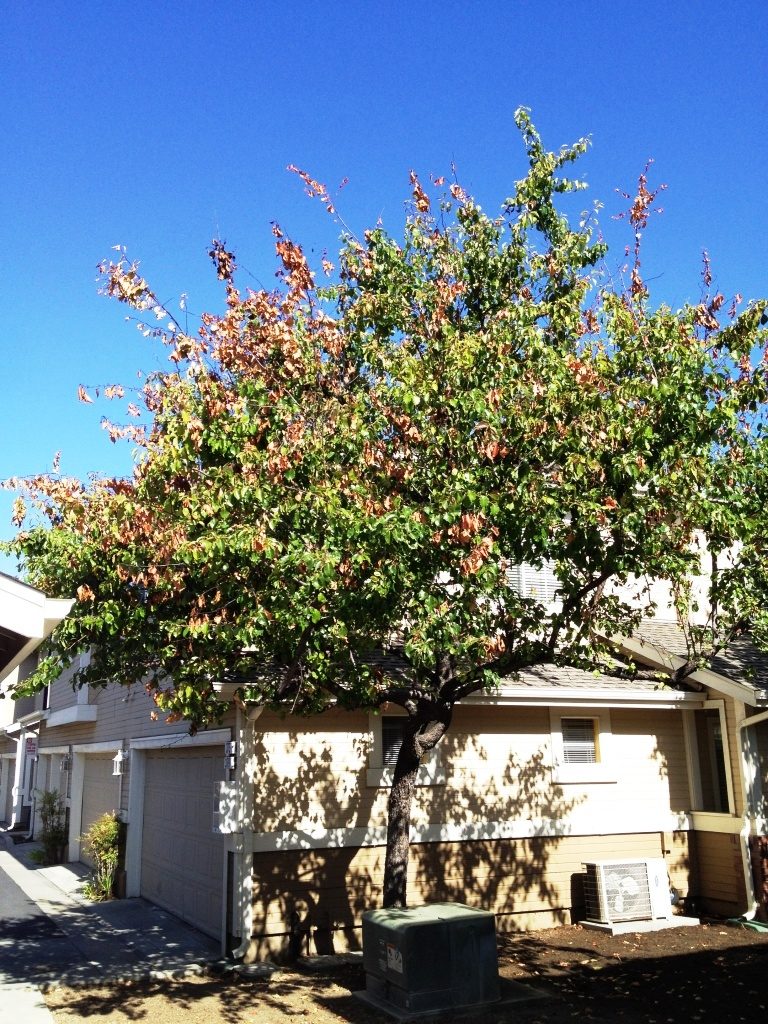Arbor-wellness: Fusarium Wilt
Fusarium wilt is a common wilt fungal disease that spreads mostly through the soil. The fungi enter through the roots and interfere with the water uptake of the palm. It is considered mostly fatal to them and doesn’t show symptoms right away so infected trees can often spread the disease.
Typically considered fatal, there is some promising research that shows some potential treatments that greatly prolong the life of the palm. Proactive treatment is recommended on otherwise non diseased palms.
My lower leaves are dying very quickly on some of my big feather palm trees. What could be wrong?
If these are Canary Island date palms, it is most likely fusarium wilt. This is a destructive fungal disease that is becoming more widespread. You should notice on newly infected fronds that one half of the frond dies first. As the disease progresses, the younger leaves will also be affected and the plant will eventually die.
Can I save these palms?
If the disease has spread throughout much of the palm canopy, then it should be removed and disposed of properly. Proper disposal is important to minimize the risk of spreading.
What about my other Canary Island date palms that appear ok now?
They should be treated on a regular basis to prevent establishment of the disease in them. Since it spreads by water and air, nearby Canary Island date palms will be infected eventually. This disease can survive for years in the soil, and is spread by water, insects, and garden equipment. The fungus develops during hot weather; dry weather and low soil moisture encourage this plant disease.
Will it spread to other types of palms?
No just the Canary Island date palm is susceptible, typically.
Click the button above this article to get in contact with an Arborwell arborist!
